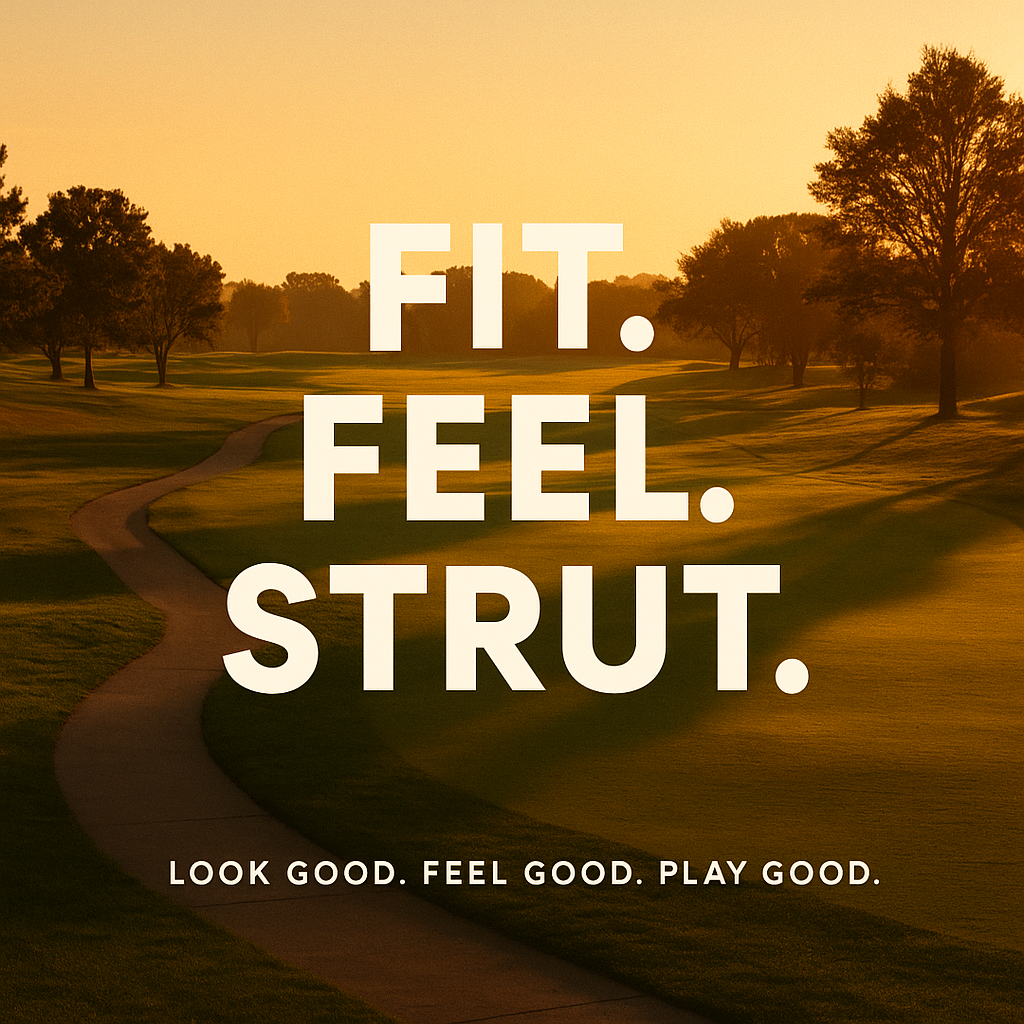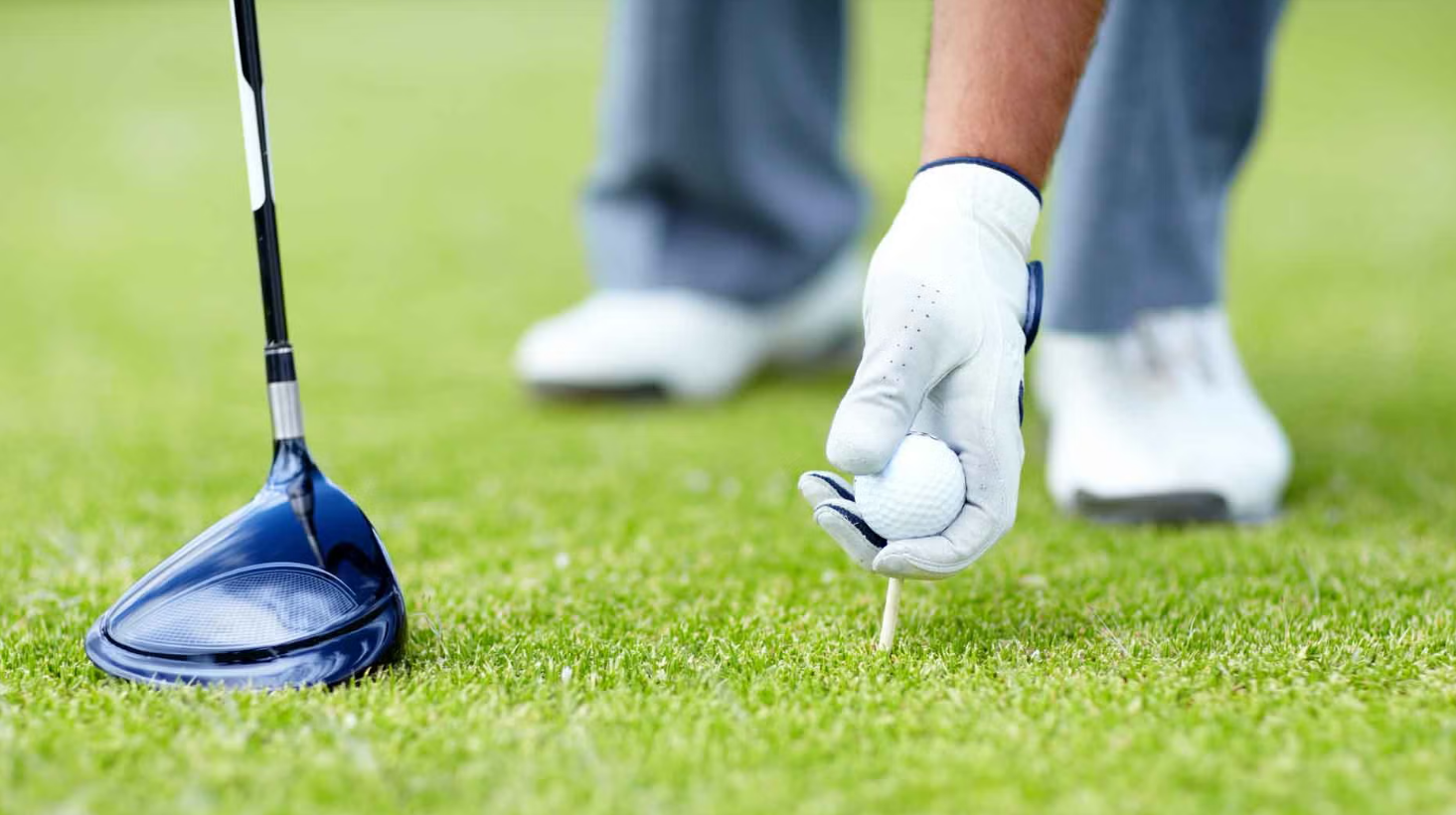
Crisp Contact, Questionable Direction
Join us in this journey of creating a golf brand.

Halfway to Launch: Sandcrane Golf Gears Up for Jan 1 Drop
We’re halfway to launch. Vendors are locked, designs are rolling, and Jan 1 will bring heritage apparel, signature hats, and a tour-level golf ball that spins like crazy.

What Sandcrane Golf Is Bringing to the Game
“Sandcrane Golf is gearing up — from limited Waste Management Open gear to heritage polos, hats, tees, and the ball we’ve been obsessing over. Here’s what we’re building, what’s coming first, and how you can strut with us from day one.”

Choosing the Right Golf Tees: The Secret to Better Weekends and Birdies
Teeing off from the wrong box can turn a fun round into a grind. Here’s our guide to picking the right golf tee box — why it matters, how to choose, and how leaving your ego in the cart can help you play smarter, faster, and score lower. STRUT ON.

Strut On: Our Humble Journey to Nail the Perfect Golf Gear
“From late-night manufacturer emails to boxes of tees, hoodies, and polos piling up, Sandcrane Golf is deep in the trenches. We’ve tested 11 ball samples (and counting), argued over every detail, and still chase the elusive hat we think could put us on the map. With Vegas on the horizon, the hunt continues. STRUT ON.”

You Don't Need a New Swing, You Need a New Plan
Learn how to lower your golf scores without changing your swing. These course management tips cover club selection, smart targets, and risk vs. reward strategies for better rounds.

STRUT Plans: How to Lock in the Golf Trip the Boys Will Never Miss
Five years. Five amazing trips. Zero regrets… except maybe that one Biltmore hotel choice in ’21. Here’s the no-BS playbook for planning an annual golf trip you’ll actually stick with—bucket-list courses, hidden gems, and a budget that doesn’t feel like a budget.

Breaking 100: 7 Mistakes Keeping You in Triple Digits
Breaking 100 isn’t about perfect swings or flashy drives—it’s about smart, steady golf. Learn the 7 mistakes keeping most weekend warriors in triple digits and how to finally strut off 18 in the 90s.

Not Another Bird Brand

Why You Should Get Fit for Golf Clubs: Data-Backed Benefits for Every Golfer
Most golfers play with clubs that don’t fit their swing—and it’s costing them strokes. Discover how a professional club fitting can unlock more distance, consistency, and confidence. Backed by real data, this guide shows why getting fit might be the smartest move for your game.

Redefining Golf: How 108 strokes worth of handicap started a Golf Brand
What happens when a crew with a combined 108 handicap starts a golf brand? Chaos, conviction, and surprisingly crisp contact. Here’s how Sandcrane Golf teed up something worth watching.

What Golf Ball Should You Actually Be Using?
Not sure what ball you should actually be playing? We break down 2-piece vs. 3-piece vs. urethane vs. delusion—with spin, compression, and a few golf analogies that'll hit you in the feels.

